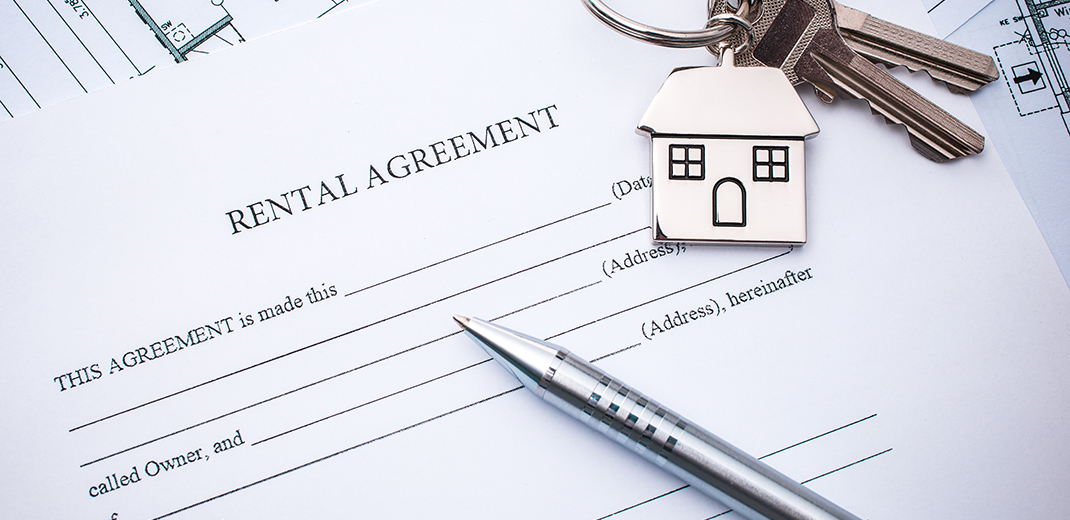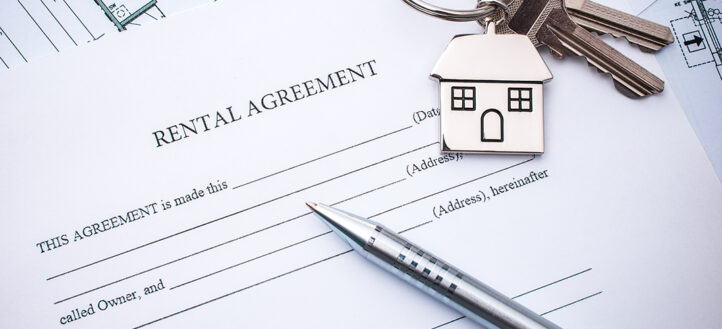Unpacking housing policy
Navigating rent control, tariffs, and the regulatory maze

When it comes to rent control, tariffs, regulations, and their impact on housing stock, there’s no shortage of opinions, but there’s a great deal of confusion. But according to Jesse Holland, CPM®, MBA, president and founder of Sunrise Management & Consulting in Latham, New York, the reality is much more complicated—and often counterproductive.
The economic impact of rent control

Jesse Holland, CPM®
Many believe rent control is a straightforward win for renters, especially in high-cost markets like New York or San Francisco. “If you talk to any economist, they’ll tell you that price controls are generally bad,” Holland says. “And it’s been proven over and over.”
Rent control, at its core, disrupts the natural balance of supply and demand. By capping rent, it removes the incentive for property owners to maintain or improve their buildings and discourages developers from adding new housing. “You’re creating a reason to build less, not more,” Holland explains.
Nowhere is this clearer than in New York City, where rent stabilization has been in effect for decades. “This has resulted in deteriorating apartment buildings and a persistent housing shortage,” he says.
In 2019, things got worse. New York removed provisions that allowed rent-stabilized units to transition to the market rate after certain improvements were made. “There’s no longer any incentive to invest in the property,” Holland says. “Why would you replace the windows if you can’t recover the cost?”
A ripple effect beyond housing
These policies don’t just affect property owners, building managers, tenants, and residents; they can destabilize entire financial systems. After the 2019 changes, banks began reassessing the value of rent-stabilized portfolios. One New York bank had to write down real estate loans by 50%, leading to a series of events that eventually placed the bank in receivership.
“It’s not just bad for the buildings and the owners,” Holland notes. “It’s bad for banks, and bad for the economy.”
Local politics exacerbate the problem. “Tenants vote. Owners don’t,” Holland says. “So, politicians pass laws to please the majority of their constituents, regardless of the long-term consequences.”
A recent example
The city of Kingston, New York, joined the rent stabilization program and subsequently decreased rents by 15%. Landlords challenged the decision in court and lost. The ruling has now opened the door for tenants to pursue triple damages for alleged overcharges, further escalating risk and uncertainty.
The real cost of regulations
The regulatory burdens faced by building owners and investors also drive costs up. “Every time a new law is passed, it costs money,” Holland says. He points to well-meaning but expensive mandates, such as mandatory inspections and rental registration processes that are often duplicative and inefficient.
In Albany, New York, he recalls, “We used to inspect a unit every time a new tenant moved in. In lower-income neighborhoods, that could mean four or five inspections a year. Meanwhile, the higher-income neighborhoods got inspected once every five years.”
Construction costs, red tape, and tariffs
Even building new housing is fraught with challenges. High permit costs, restrictive zoning laws, and mounting legal fees can dramatically limit development. Holland shares how one development site originally planned for 120 homes was ultimately approved for just 11, after prolonged battles over zoning changes and escalating legal expenses. These bureaucratic hurdles often discourage builders and delay much-needed housing projects.
Beyond local regulations, tariffs have become a major contributor to rising housing costs, especially when it comes to construction and ongoing maintenance.
Tariffs on essential materials, such as lumber, aluminum, and appliances, have introduced a new layer of cost volatility. Combined with ongoing supply chain disruptions, these policies make it harder for property managers and developers to plan and budget effectively.
For builders, the unpredictability of pricing means they often have to purchase materials far in advance—sometimes warehousing them for months before they’re needed. That ties up capital and increases carrying costs, which ultimately get passed on to building occupants.
In maintenance, the impact is more subtle, but just as significant. For example, changes in HVAC coolant standards mean certain systems must be replaced earlier than planned, often at a higher cost, because new refrigerants are either more expensive or incompatible with existing units.
These pressures, compounded by tariffs, can make or break the feasibility of new projects. In many cases, developers find that projects no longer make sense, particularly in markets with tight margins or additional regulatory burdens.
“You can’t say housing is too expensive and then make it harder and more expensive to build,” he says.
What can be done to improve the housing supply?
To truly address the housing crisis, the focus must shift to increasing the overall supply of available units. That means tackling barriers to development, such as restrictive zoning regulations that limit density and delay construction. Expanding Section 8 housing vouchers can also help more individuals access stable housing in a competitive market. Additionally, converting underutilized commercial properties into residential units presents a practical and cost-effective way to boost supply without starting from scratch. By adopting these strategies, policymakers and industry leaders can help close the housing gap and create more opportunities for renters nationwide.
For Holland, the housing crisis is a result of the cumulative effects of regulation, politics, and unrealistic expectations. “If we want to create more affordable housing,” he concludes, “we have to focus on policies that support supply, reward investment, and recognize the real costs of development and management. Anything else is just kicking the can down the road.”
Similar Posts
Features
Changing the landscape
From increasing NOI to protecting against climate risks, the right...




